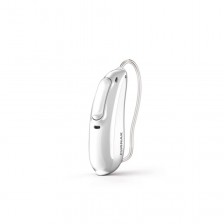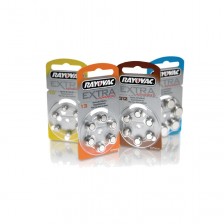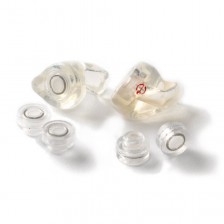Connectivity: a hearing aid for every lifestyle


In recent years, the major technological advances on hearing aids have been focused on the connectivity performance, for example the ability of the hearing aid to connect to the digital environment wirelessly. Nowadays, you can receive the signal of any mobile device - in fact, from any sound source, if we put a micro close - by bluetooth, which has broken a very important barrier for people with hearing loss: The ability to hear well when there is some distance with the sound emitter.
And this, of course, makes the hearing aid a perfect ally so that each person can continue with their lifestyle, from people who like to be connected to social networks - who want to hear the song that has posted a friend on Facebook or watch a Youtube video recieved by Whatsapp-, to older people who just need the connectivity to be able to have conversations over the phone or to watch TV.
But how exactly does connectivity work? Very simple: the hearing aid is programmed to receive the signal from a mobile device and acts as a headset, while maintaining its usual functions, so you can continue to hear everything that happens around you. In this way, connectivity allows us not to give up routines we had before we started to have hearing loss, such as listening to the radio or music on Spotify, watching tv shows or having a conversation with a cousin who lives in the other side of the world.
In pediatric audiology, the emergence of connectivity has made an incredible leap so that children with hearing loss can follow classes normally and their learning is not slowed down. Every day there are more schools that incorporate robust wireless transmission systems in their classrooms that transmit sound signals even further than bluetooth, which begins to lose accuracy over 10 meters. With this technology, the student receives first quality sound and this has a direct effect on his school performance.
What you will have to keep in mind, if you are interested in all this we are explaining , is that the connectivity has a direct effect on the battery life. The greater the use of connectivity, the less battery last. But technology has also advanced in this direction. For example, although we are talking about bluetooth, hearing aids actually use a more advanced bluetooth that uses less energy and currently the batteries can last between 4 and 8 days, although we have spent the day connected to mobile devices. And there are also rechargeable hearing aids, which go with a lithium-ion battery, suitable for people who use a lot of connectivity, because changing batteries can often be expensive - if your associated hearing service with the hearing aid do not contemplate the replacement of batteries - and cumbersome.
In conclusion, as we said at the beginning of this post, the connectivity is designed to make things easier, so you do not have to give up anything: you only need to know everything that can offer each hearing aid and choose the one that best suits your Lifestyle.





























